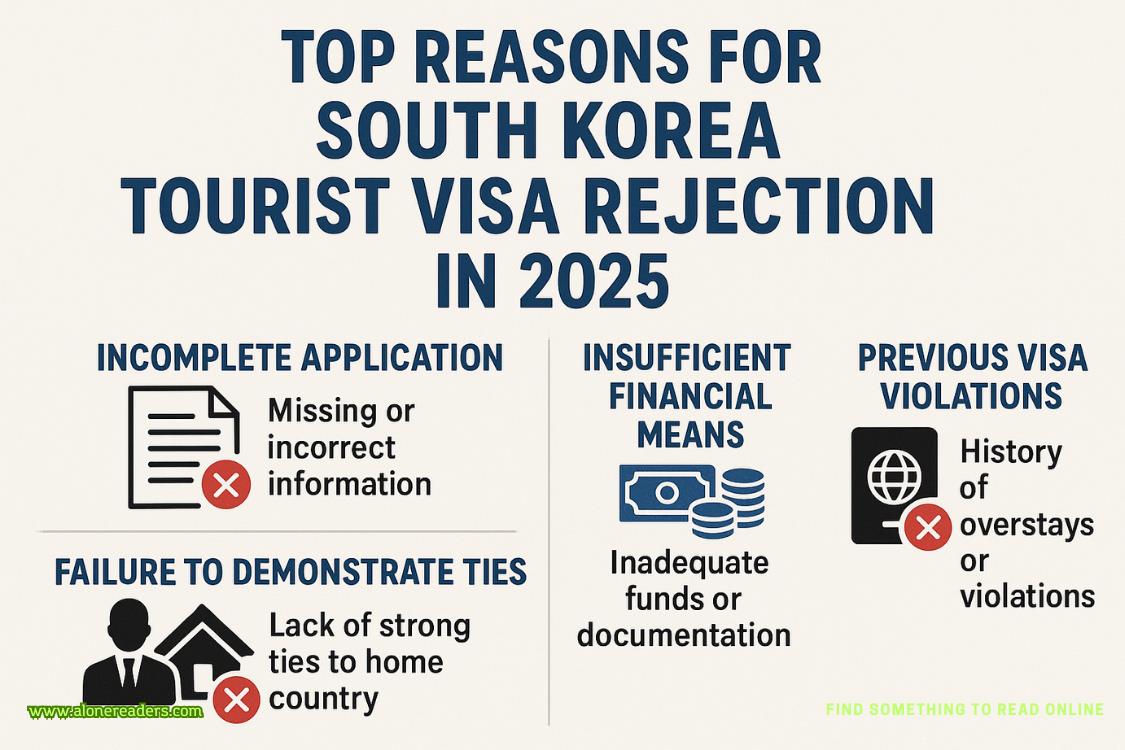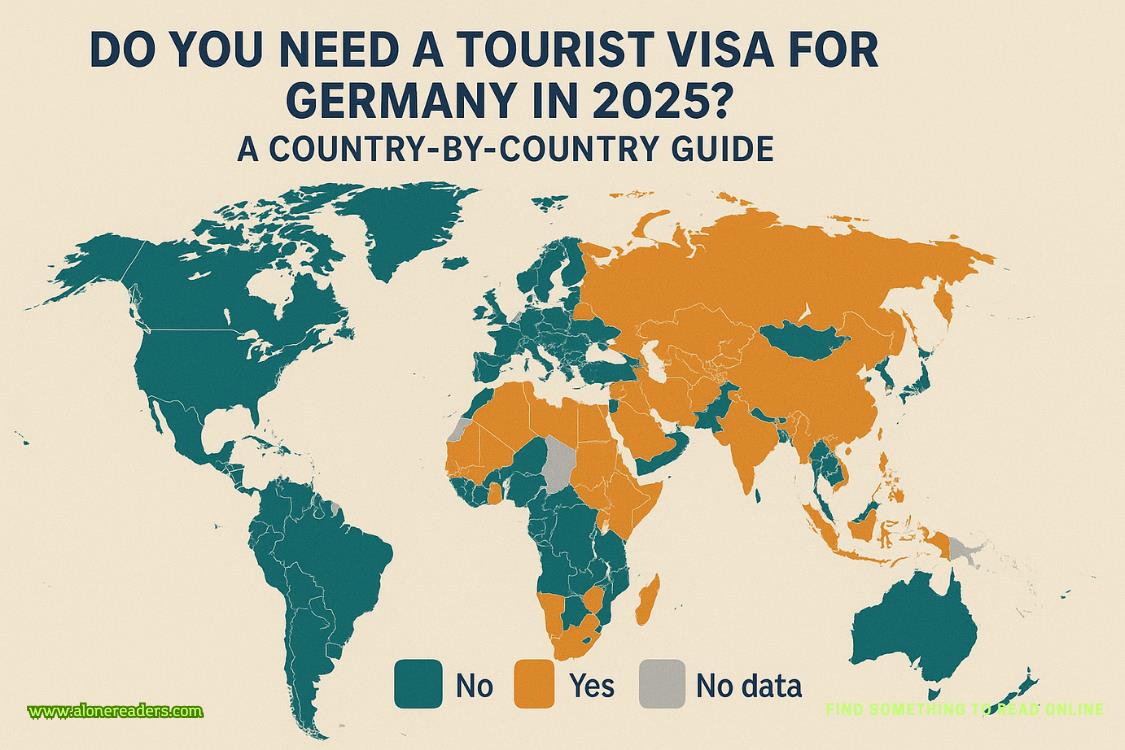She offered her unlocked phone. “Don’t change my settings.”
“You’re the one who ran a binary program on my data.”
“True.”
The clench of her thighs eased slightly when his focus redirected from her face to a critique of her screen wallpaper: a graphic of the Monaghan family in Ms. Frizzle’s Magic School Bus, with their heads—expressions contorted in screams or laughter during a rollercoaster ride at Michigan’s Adventure theme park in Muskegon—transposed into the yellow windows.
“It looks more like a submarine than a bus.”
“You’re a mechanical engineer, now? And a Beatles fan? What’syourphone background?”
Plain black.
“For privacy. It looks like your family had fun, though. You have the same smiles.”
“Adrian would be so offended by that. He’s the only one who wears his retainer anymore. Last Christmas, he warned me that I was starting to look like an inverse chipmunk.” She poked her tongue against the gap between her front teeth. “Again.”
“What did you say?”
“I told him that I might be a renegade chipmunk, but he was a beaver. Since he’s an architect.”
“Nature’s engineers.” A half-smile deepened in Ethan’s cheek. But then, sobering, flush fading from his ears, he took his chair and cracked his knuckles. “Not quantum, though.So. We could begin with a review of the papers I’ve co-authored with Dr. Kramer, and then—”
“No.”
“No?”
She reached over to close the journal articles and spreadsheets he’d begun to open. “I don’t want to include your data in our fraud set. Not unless we come up empty-handed for the rest of the search. Your papers with Dr. Kramer would be useful from a plagiarism angle. You said it yourself: he appropriated your hypothesis about the existence of quantum units and claimed it as his in publications. But if we submit your joint research for scrutiny, you’ll be implicated in his fraud by association, even though you’re the wronged party. People will identify your name with scientific misconduct—and you’re still in the physics field, still publishing. The others he’s stolen intellectual property from aren’t. So, you’re the expert on how he operates and you can spot his interference, but I don’t want to use your work.”
“Not unless we have to.”
“We won’t,” she promised them both. “Let’s start by scanning all the journals where he’s been published. Not theJournal of Supermassive Astronomy and Astrophysics, of course—”
“No. But it’ll be on his radar now.”
“Because of me.”
Ethan’s chin jerked. He returned to his results. “This is a long list.”
“Are there any papers without second authors?”
The search compressed. “Not many.”
“Not since the very early aughts, either.” She crammed behind his desk with him, her ponytail falling across his shoulder to tangle in the fibers of his vest as she leaned toward his screen.
He stiffened.
“Sorry—”
“We should—um. White noise.” A stream of quiet, muffling static rose from his phone.
They should’ve used that yesterday, too…
“S-smart.” Her voice didn’t crack.Much. She swallowed and straightened, a spark of heat hitting her stomach. Hands shoved deep in her pockets—or as far as she could shove them into the useless denim pouches that taunted women who wore jeans—she stared at the pixels on his monitor until she could make sense of them through her brain’s own static, until she could say, “The only pieces that he’s published solo since he was promoted into management at Fermilab are speculative research. He doesn’t have data—originaldata—to back up those claims. Let’s see his earliest co-authored papers that went through peer review. Then we’ll work our way up chronologically.”
Ethan expanded Kramer’s first paper, which examined the manipulability of weak bonds between atoms and their electrons in photovoltaic panels. “Journal of Applied Physics. The co-author is Dr. Marie Engel. Do you recognize her?”
“She could easily have an account on STEMinist Online, but her legal name isn’t likely to be her user handle.” Opening a bookmark to the Kramer post on her phone, she scrolled back into the comments. “No, nothing about solar cells in the thread. Let’s try the next paper.”















